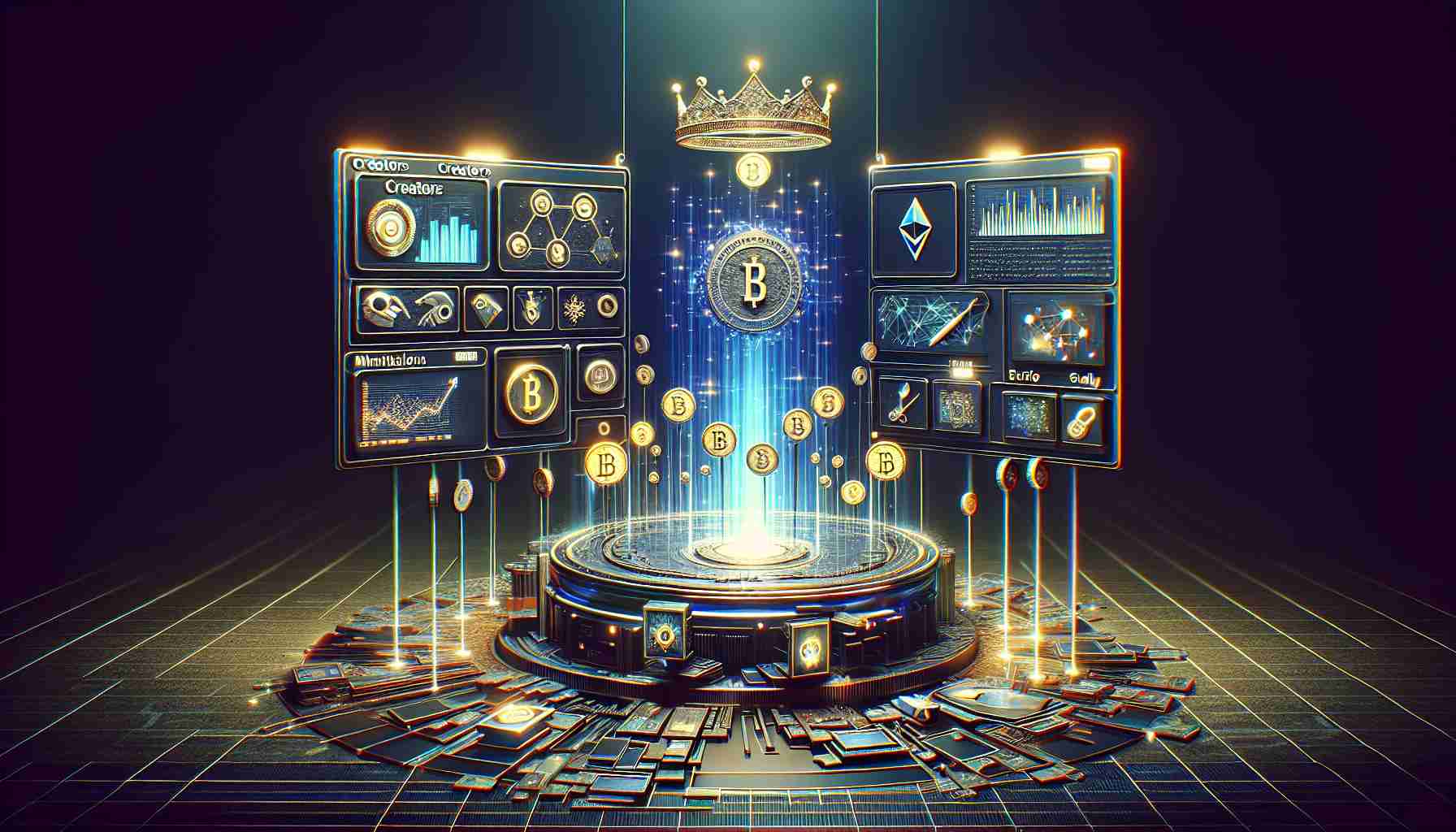The digital landscape for NFTs is undergoing a dynamic shift, with a16z crypto taking the lead in analyzing and proposing new strategies to balance creator compensation and the ecosystem’s growth.
Revolutionizing Allowlist with Staking
The existing system of blocklists and allowlists is being transformed with a fresh staking approach. The significant change from the traditional manual allowlist updates is that applications can now autonomously join the allowlists through staking—a deposit of value portraying their commitment to upholding royalty agreements. If an application fails to comply, the creators have the power to penalize the stake, promoting an environment ripe for permissionless innovation amid secure fulfillment of royalty payments.
New Ownership Dynamics with “Right of Reclaim”
Moreover, a striking concept called the “right of reclaim” is being explored to encourage fair royalty distribution. Here, any NFT is held by an asset owner, but also has a title owner, who wields the power to reclaim the NFT unless a title transfer fee is settled. This compelling model aims to effectively differentiate between a mere transfer and a full-fledged sale, facilitating royalties only when actual sales materialize.
Adapting Marketplaces for User Experience
Marketplaces are adapting to these avant-garde models, considering simplifications like combining the title transfer fee with sales transactions for seamless royalty payments. This synergy between marketplaces and innovative royalty mechanisms could mark a new horizon in NFT tradability without neglecting creator earnings.
Navigating the Future of NFT Royalties
While these new mechanisms open exciting possibilities, they are not free from obstacles such as potential methods to bypass royalty payments. Nevertheless, these pioneering solutions carve out a path for future discussions and refinements within NFT royalty systems. By piloting such frameworks, a16z crypto intends to stand at the forefront of ensuring owners’ rights and artists’ remuneration in the fast-paced evolution of NFTs.
In the context of the article on innovative royalty solutions for NFT creators, several important questions arise:
1. What are the traditional issues with NFT royalties that the new solutions aim to address?
Traditional issues include the inability to enforce royalty payments across all platforms, as some NFT marketplaces do not honor these agreements. This has led to discrepancies in how creators are compensated when their work resells on secondary markets.
2. How does staking create a more secure environment for royalty payments?
Staking introduces a system where applications or platforms have a financial incentive to comply with royalty agreements, as they risk losing their stake if they breach the agreed terms. This provides a form of assurance to creators that royalties will be honored.
3. What are the key challenges associated with the “right of reclaim” model?
One of the major challenges is the potential complexity it introduces to NFT transactions. Buyers and sellers may find the additional layer of “title ownership” confusing, and it could complicate the legal understanding of digital ownership.
Controversies: There might be controversies surrounding the application of these new systems, as they can potentially disrupt existing marketplace dynamics. Additionally, the enforcement of such models on a global scale, considering different legal jurisdictions, could be contentious.
Advantages: The advantages of these proposed solutions include:
– Increased assurance of royalty payouts for creators, fostering more sustainable creator economies.
– Incentivization of marketplaces to comply with royalty enforcement, thereby standardizing practices across the industry.
– Encouragement of transparency and trust in NFT transactions.
Disadvantages: Conversely, some disadvantages could be:
– Possible resistance from some marketplaces and users reluctant to change or adopt new systems.
– Increased complexity in NFT trading that could deter newcomers to the space.
– Technical and regulatory hurdles in implementing and maintaining such systems globally.
Related Links: For readers interested in broadening their understanding of NFTs and the cryptocurrency domain, exploring the main pages of crypto-centric websites could be beneficial. You can visit the following relevant domains:
– a16z
– Ethereum
– CoinDesk
These are reputable sources known for providing insights into the digital currency sphere and the ever-evolving world of NFTs.



